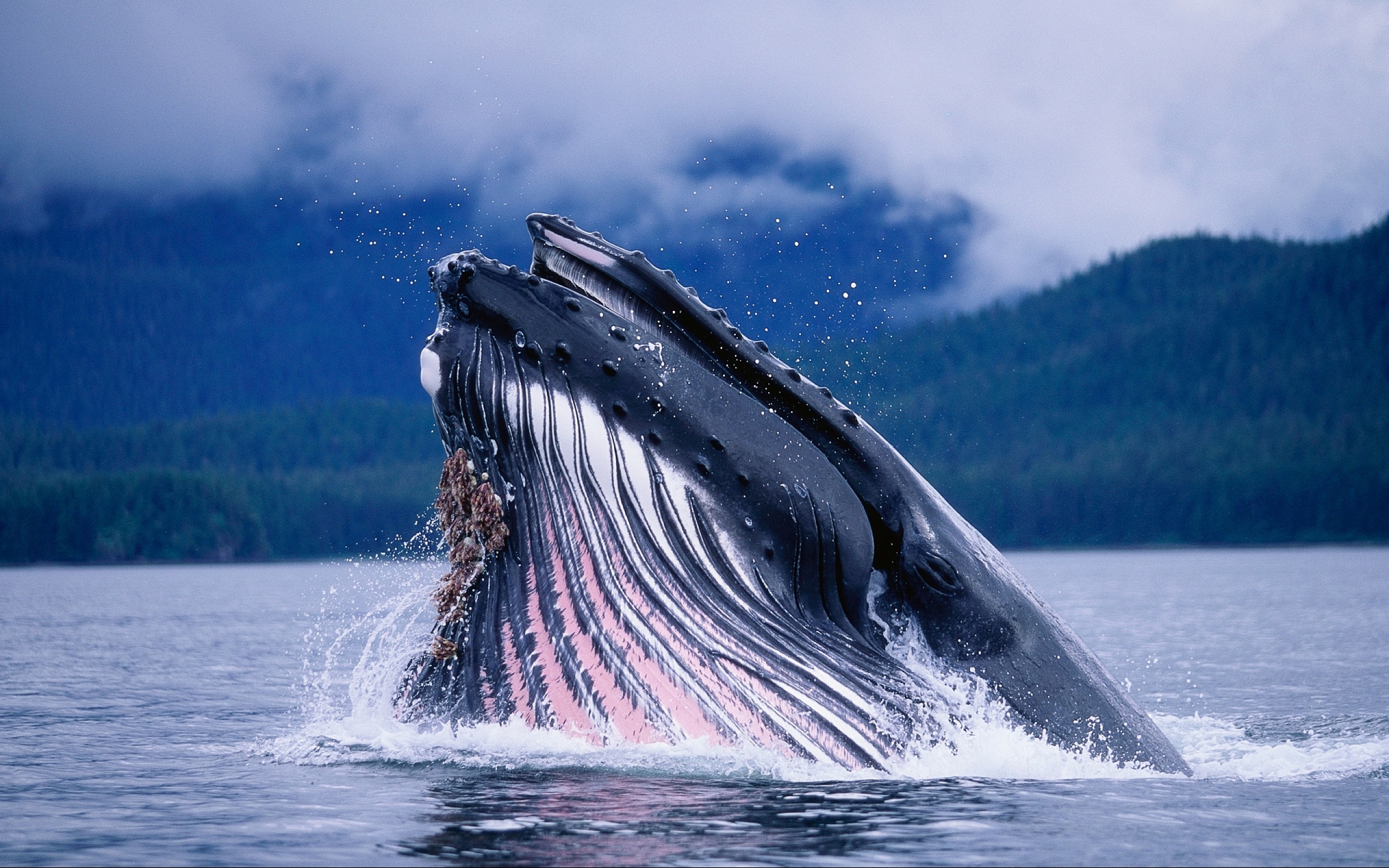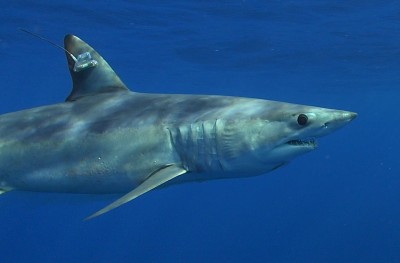1. Climate Injustice: The Real History of
the Maldives

This week you may have seen some posts on our social media sites about the current activity in the Maldives. After we found out the ocean conservationist and human rights leader, Mohamed Nasheed, was imprisoned and not given the right to an attorney, we sprung to action. We have created a petition here to ask the Commonwealth Ministerial Action Group to get involved with this situation. Many people do not understand the history or current state of the Maldive Islands and the impact that Mohamed Nasheed has had to the community. We challenge you all to read this article from the Berkeley Journal of Sociology and educate yourselves. It is our hope that this information provides you with a call to action against the current activity. Keep watch on our social media for updates and special reports on Mohamed Nasheed. Help us free Nasheed!
-----------------------------------------------
2. How to Swim Safely with Sharks

We see pictures of humans swimming alongside sharks every day. You may be asking yourself, how do they do this? A photo essay documenting the One Ocean Diving program shows us the details and magnificence of the shark species.. Read more...
-----------------------------------------------
3. Sea Urchins and Sand Dollars Provide
Evolution Insight
A study by Melanie Hopkins, an assistant curator in the American Museum of Natural History's Division of Paleontology, and Andrew Smith, a paleontologist at the Natural History Museum, London, recently reviewed the evolutionary changes of the echinoid family. Echinoids were ideal to study the progression of evolution on because they have interlocking calcite plates. Generally, a fossil based study like this one would reveal that organisms diversify fastest in early evolutionary history. For this group of organisms, research shows that the rate of evolution has actually increased over time. Read more...
-----------------------------------------------
4. Sharks Found Dead, Finned in Miami Beach
-----------------------------------------------
Although it has been a popular tourist activity, SeaWorld has announced that they will no longer allow visitors to feed the dolphins. This has been banned because of this risk to dolphins and the untrained public. SeaWorld is the last attraction that has implemented this ban. Read more...
-----------------------------------------------
6. Miami's Choice: Bigger Ships or
Coral Reefs?
Biscayne Bay was once home to one of the
most vibrant coral reefs in the United States. As a result of the widening of
the Panama Canal, both the Port of Miami and Port Everglades in Fort Lauderdale
have now issued proposals to dredge their ship channels to accommodate for the
larger vessels. The dredging could create some irreparable damage on the
already ill reefs. The coral reef is Biscayne Bay is part of the 358 miles of
coral in South Florida. NOAA has approved the request to dredge Port Everglades
under the agreement that 100,000 nursery grown corals will replace the
destroyed area. Controversy still exists over the activity in the Port of
Miami. Read more...
-----------------------------------------------
7. Whales Can’t Enjoy Their Food!
-----------------------------------------------
8. Depth of Plastic Pollution in Oceans
Revealed
Although
we normally see plastic waste floating in the ocean, what do we know about the
pollution below the surface? A study recorded in Biogeosciences recorded that there are actually 10 levels of
plastic concentration which total a depth of 5 meters. In the depths of the
ocean the plastic pollution are millimeter- sized drops. This information will make
scientists reevaluate the cleanup operations that are currently in place. Read more...
-----------------------------------------------
9. Algal Species Helps Corals Survive in
Earth’s Hottest Reefs
One of the many issues that climate
change has created is coral bleaching. Although this is happening to a very
large number of coral reefs, it is not necessarily affecting all. A new heat
tolerate alga was found in the Persian Gulf. Algae and coral have a symbiotic
relationship and the algae protects coral from pollution, diseases, and
predators. Read more...
-----------------------------------------------
Be sure to "LIKE" http://facebook.com/SeaSave to ensure our "Week in Review" is delivered to your newsfeed every Thursday.
Sea Save Foundation is committed to raising awareness of marine conservation. The Week in Review is a team effort produced by the Sea Save staff to provide a weekly summary of the latest in marine research, policy, and news.















